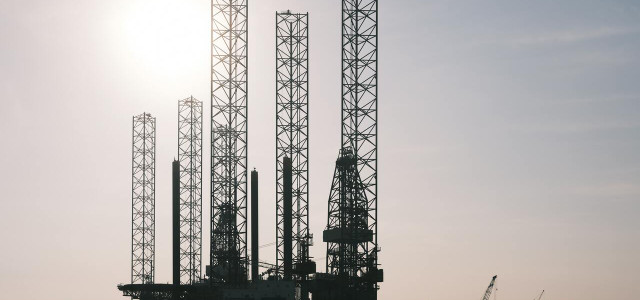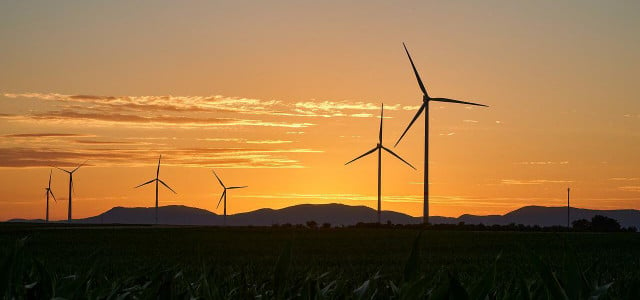You've definitely heard of fossil fuels and might already have strong opinions about them. But do you know the basics? Read on to find a simple explanation of fossil fuels.
Fossil fuels are everywhere. They power our cars, heat our homes, and run our factories. They helped build the mobile phone you’re likely reading this article on. And, they’re killing our planet. In fact, it’s estimated that as much as 80 percent of all manmade carbon dioxide and greenhouse gas emissions come from the combustion of fossil fuels.
But, as Chinese military general Sun Tzu once said: “Know your enemy.” We’ll spell out the basics of fossil fuels — their uses, examples and controversies — so you’re better prepared to protect the planet.
What Are Fossil Fuels?
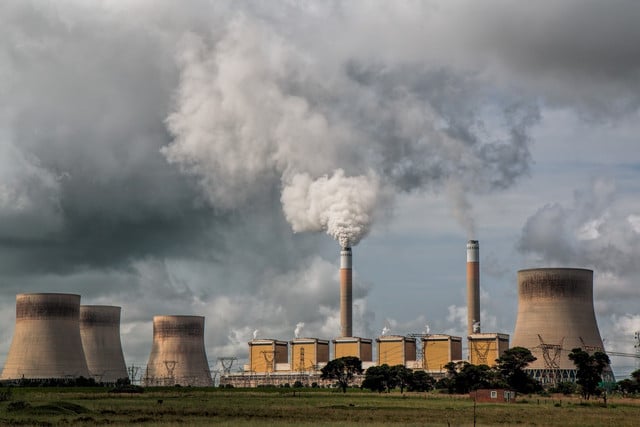


(Foto: CC0 / Pixabay / stevepb)
Put simply, fossil fuels are fuels that are made from old animals and plants (biomass) that have been decaying for millions of years. They can take different forms and are found in the Earth’s crust. They contain carbon and hydrogen, which means they can be burned to create energy.
Although the Industrial Revolution, which started in the UK, is blamed for setting humanity on the path to reliance on fossil fuels, humans have actually been using fossil fuels, namely coal, since the 1300s. However, the ecological damage caused by the small native communities using this power source was almost non-existent.
What Are They Used For?
Fossil fuels are predominantly used to produce energy; heat in homes, electricity in factories, power in engines. One type of fossil fuel, petroleum, is also used to make products such as plastics as well as hundreds of other goods and materials.
Since the late 1700s, fossil fuels have been consumed at an ever-increasing rate, and today they supply over 80 percent of the energy consumed by economically-powerful nations. The rate of increase in fossil fuel consumption over the last century is staggering — consumption today is eight times what it was in 1950, and double what it was in 1980.
This is particularly troubling when we consider that scientists have been warning us about the depletion of our natural resource of fossil fuels since the 1950s.
How We Use Fossil Fuels and Their Environmental Impact
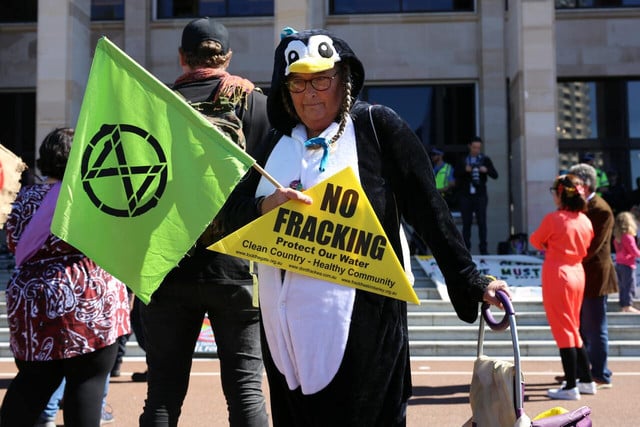


(Foto: Photo: CC0 Public Domain / Unsplash - Paul-Alain Hunt)
Their different extraction techniques are a large part of what makes them so controversial. As for the cost to the environment, there is nothing quite as destructive to the future of the planet than our reliance on fossil fuels.
Before we even begin to account for how fossil fuels have caused climate change, we must consider the damage that is already costing lives — and right on our doorstep. The United States alone sees roughly 230,000 deaths linked to air pollution caused by the burning of fossil fuels every year, and $600 billion in economic losses.
Here’s a quick overview of the damage caused by coal, petroleum and natural gas.
Coal
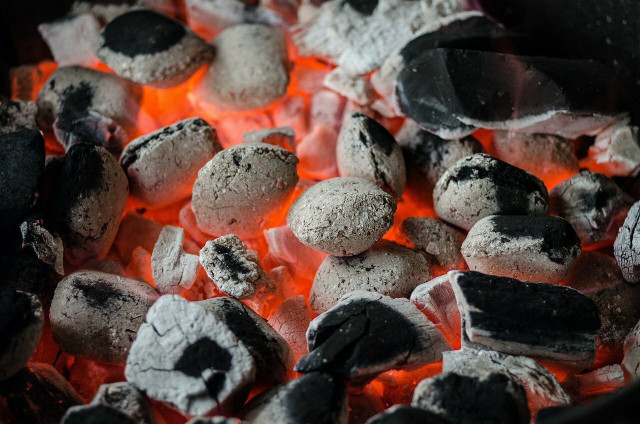


(Foto: CC0 / Pixabay / Skitterphoto)
Coal is a cheap and abundant fossil fuel. It’s a black rock found deep in the earth’s crust, sometimes as far as 300 meters (1,000 feet) underground. To extract coal, entire mountains are often blown up with dynamite, and miners are sent deep underground to extract the material.
Mining is one of the most dangerous jobs and extraction processes in the world. The industry is responsible for eight percent of all fatal work accidents despite accounting for only one percent of the global labor force. The extraction process can also cause explosions, water pollution and landslides that wipe out entire towns.
Coal releases significant amounts of pollutants when burned. Some of the pollutants are carcinogenic, and some produce acid rain when mixed with moisture in the atmosphere. Like all fossil fuels, the burning of coal releases large amounts of carbon dioxide into the atmosphere, making it a major driver of global warming.
The burning of coal also releases sulfur dioxide, nitrogen oxides and particulates into the air, which contribute to a variety of environmental issues such as smog and haze (think New Dheli, Hanoi, Beijing, etc.) and are known to cause respiratory problems in exposed populations.
Petroleum
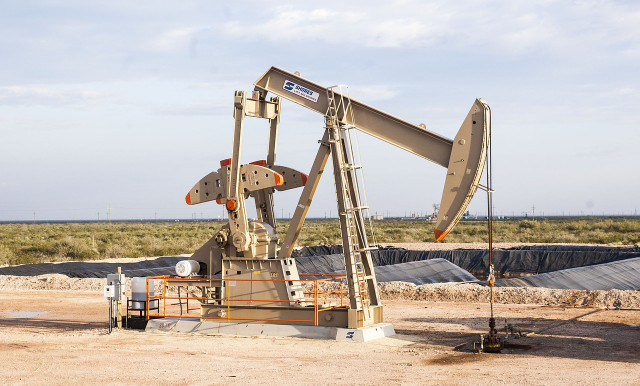


(Foto: CC0 / Pixabay / generatorpowerproducts)
Petroleum, also known as crude oil (or just oil), is harder to find and extract than other fossil fuels, despite deposits existing worldwide. Unlike coal, it can be pumped through pipelines — making it slightly cleaner in terms of transportation — but it is an extremely invasive process. You must drill to reach oil, which involves completely clearing an area of land (including vegetation and wildlife) and drilling down using seismic techniques which further disturb wildlife.
Of course, aside from greenhouse gas emissions, oil spills are a huge environmental problem. Thousands of oil spills are reported yearly (with more likely unreported), releasing over a million metric tons of oil into the world’s oceans yearly.
Petroleum is a highly combustible and toxic liquid; it’s combustion, like coal, releases carbon monoxide, nitrogen oxides, particulates and unburned hydrocarbons into the atmosphere with the same effect. Coal is usually burned in private places such as homes and factories, and in small amounts for barbeques. Petroleum, however, is used out in the street; in cars, construction sites, boats, etc. This makes inhaling the fumes harder to avoid.
As the US relies so heavily on cars, our petroleum use is staggering. The carbon emissions in the US from aviation and motor gasoline combustion in 2020 alone was about 979 million metric tons — that’s about a fifth of the country’s total emissions.
Natural Gas
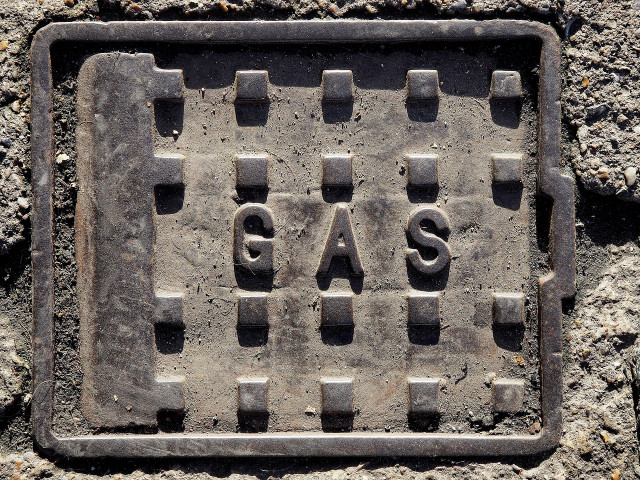


(Foto: CC0 / Pixabay / aitoff)
Natural gas is the most environmentally-friendly fossil fuel as it’s significantly less polluting than coal or crude oil. However, natural gas is predominantly methane, which is even an even more potent greenhouse gas than carbon dioxide. In fact, it’s 86 times stronger than carbon dioxide at trapping heat in the earth’s atmosphere (which causes global warming) over a 20 year timeframe.
Drilling for natural gas is also an environmental concern. It breaks migration patterns of local wildlife and pollutes the air and water sources. Certain extraction methods such as fracking can even cause earthquakes.
Natural gas is by far the cleanest form of fossil fuel when it comes to combustion. For example, natural gas emits under half of the amount of carbon dioxide as coal when combusted in a modern power plant, and a fifth fewer greenhouse gas emissions than gasoline when burned in a modern vehicle. However, the issue with natural gas is not the fuel itself, but the methane released during its extraction and transportation.
Geopolitically speaking, as we’ve seen in 2022, reliance on natural gas can spell bad news for entire continents. Europe is currently hugely dependent on the enormous natural gas reserves in Russia, leaving the continent vulnerable to an upcoming energy crisis that could mean blackouts and potentially unprecedented recessions.
Is It All Doom and Gloom?
There is reason for optimism. According to the US Energy Information Administration, 2020 saw Americans using the lowest amout of fossil fuel than during the previous three decades. In 2021, consumption of fossil fuels dropped by 9 percent compared to 2019 — a significant drop in a very short space of time.
There is still a long way to go before we meet our targets. Global emissions need to be reduced by 45 percent by 2030 and reach net zero by 2050, which will be one of humanity’s toughest struggles. More and more people are waking up to the reality of the situation with the climate, and, vitally, more and more companies and polititians are taking action.
More research and development is going into protecting our planet, and enormous strides are being taken towards clean energy projects and technology that are essential to our making a success of the ambitious global and national roadmaps being set.
Who knows, maybe we’ll see fossil fuel becoming a thing of the past within our lifetimes.
Read more:
- The 6 Types of Renewable Energy – And Why We Need Them Now
- How to Save Money on Gas in 2022 & Do Something for the Environment
- 9 Recycling Mistakes You Should Avoid
Do you like this post?






